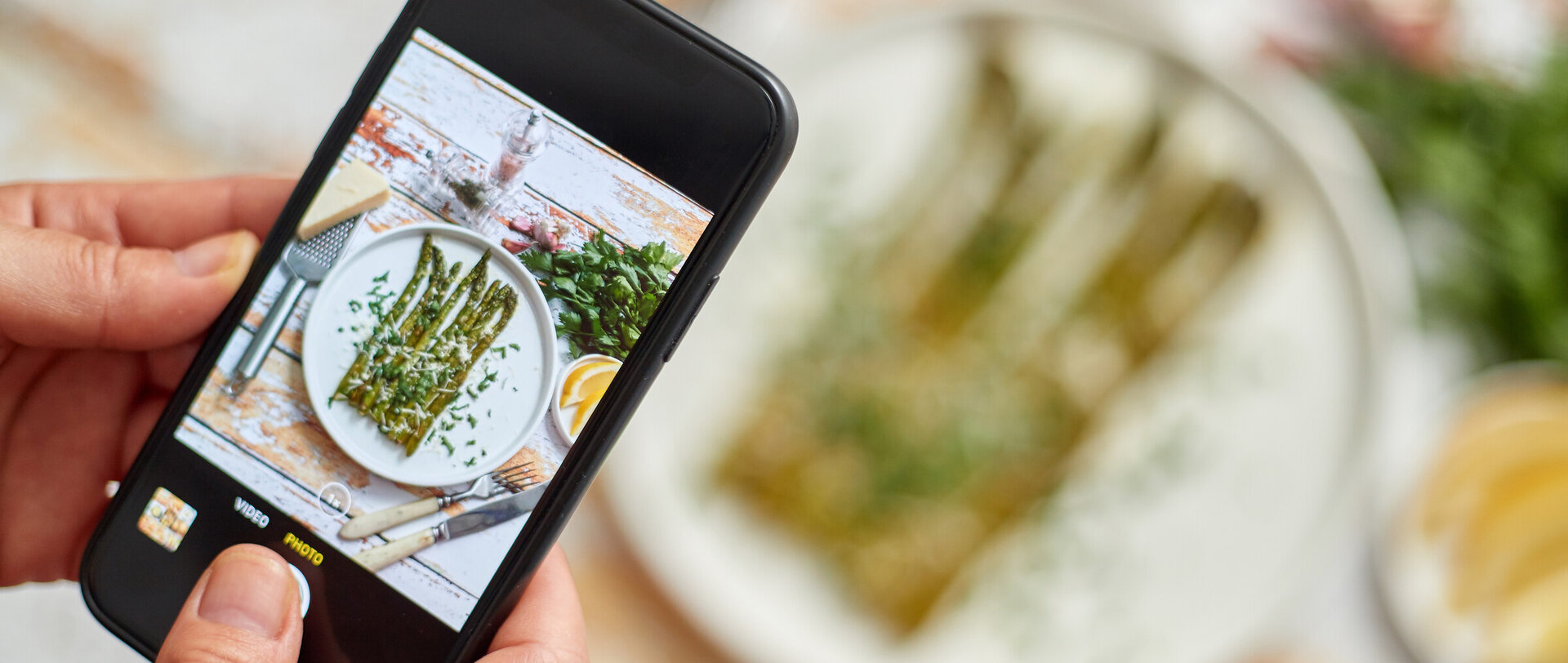Lack of energy, poor performance (physical and mental), and feeling tired can all be common among athletes, but when this is paired with impacting on recovery, pale skin, continual infections and shortness in breath, this can often be key signs there is a much larger underlying problem.
Iron deficiency can be common among athletes, typically affecting females more than males due to menstrual losses. Iron is such an important component in our diet, as it plays a key role in transporting oxygen in the blood around the body to working muscles, lungs and our brain’s. Athletes can be at particular risk for developing iron deficiency due to their higher requirements. It is typically seen when individuals have a imbalance between their intake and their requirements, where their intake is lower than what their body requires- whether this be from growth, pregnancy, or loss of blood (whether this be from being a blood donor, or female losses).
In saying this, we can not diagnose ourselves with iron deficiency based on these symptoms alone. A blood test is required to measure serum ferritin- the storage form of iron in the blood. There are 3 different stages of iron deficiency, each increasing in the severity.
Now, it’s all very well and good that you now know some of the key signs and symptoms of iron deficiency, so now the question is- can we treat it? The answer- yes. Iron deficiency is very treatable, but does require working closely with a dietitian or nutritionist, as well as some careful planning.
Firstly, we need to look at the diet. We work with you to see whether or not your iron intake is sufficient to support your body’s needs based on your age, gender, stage of life (i.e., females have greater requirements during menstruation due to the excess blood loss during this time, and therefore iron needs), etc. Sources of iron in our diets come in two different forms- haem, which has a greater bioavailability (the ability for iron to be absorbed by the body), and non-haem (less absorbable). Haem food sources include those derived from animals, such as meat, dairy (milk, cheese, yoghurt) and fish/seafood. The lesser-absorbable non-haem iron sources are found in plant-based foods, including legumes (such as chickpeas & kidney beans), leafy green vegetables, nuts, bread/breakfast cereals fortified with iron, as well as eggs.
Second, we would look at the timing and full meal composition around when you consume your key iron-containing foods. There are certain foods that we can eat with our iron sources to enhance iron absorption in the body. Similarly, there are particular foods that inhibit iron’s absorption by the body, reducing the effectiveness of irons absorptions.
Foods that enhance the absorption of iron include those high in vitamin C, which includes citrus fruits, pineapple, berries, kiwifruit, and vegetables such as capsicum, tomatoes and broccoli. Fermented foods like miso and sauerkraut are also beneficial for iron absorption.
Alternatively, foods that inhibit iron absorption include a food group known as tannins which includes coffee & tea, and some soy proteins (e.g., tofu). For this reason, avoiding consuming these with or around your meals is best to minimize the interaction with iron. Other food groups known to inhibit iron’s absorption are oxalates, which include foods like dates and raspberries, and also foods high in calcium tend to reduce the absorption of iron (i.e., dairy, tofu, etc.).
If your diet is looking sufficient in these areas, we would look at referring you onto your GP for a blood test and depending on the results, to discuss further options in terms of supplementation with oral iron (ferrous sulphate), or if iron levels are concerning, then looking at the option of having an intravenous iron injection/infusion.
So, how much iron do we actually need? For females, it is suggested we should be aiming for 18mg daily for women between19-50 years old, and 8mg for women over 51 years. Males are recommended to be consuming 8mg per day also. What does this look like? For women between the ages of 19-50 years (and therefore having the greater requirements), this might look like:
| Meal | Foods | Iron contained in meal |
| Breakfast | 2 eggs on 1 slice of wholemeal toast with ½ cup wilted spinach. | 5.09mg |
| Morning tea | Handful of cashews, almonds and pistachio mix with a piece of fresh fruit. | 6.65mg |
| Lunch | Half cooked chicken breast, ½ C cooked brown rice & 5 asparagus spears. | 2.4mg |
| Dinner | Tuna pasta bake w/ 1 small tin of tuna, ½ C green peas, 1 C pasta and topping using 1 slice wholemeal bread. | 3.19mg |
| Dessert | Yoghurt w/ 8-10 dried apricots halves. | 1.5mg |
| 18.83mg total |
For males and females outside of this age bracket, iron requirements would therefore be less than half of this. Iron needs for athletes may be increased due to greater stressors on the muscles in the body, so therefore may be worth increasing intake of these iron-rich foods.
If you are worried about your iron intake, book in for an initial consult now!




